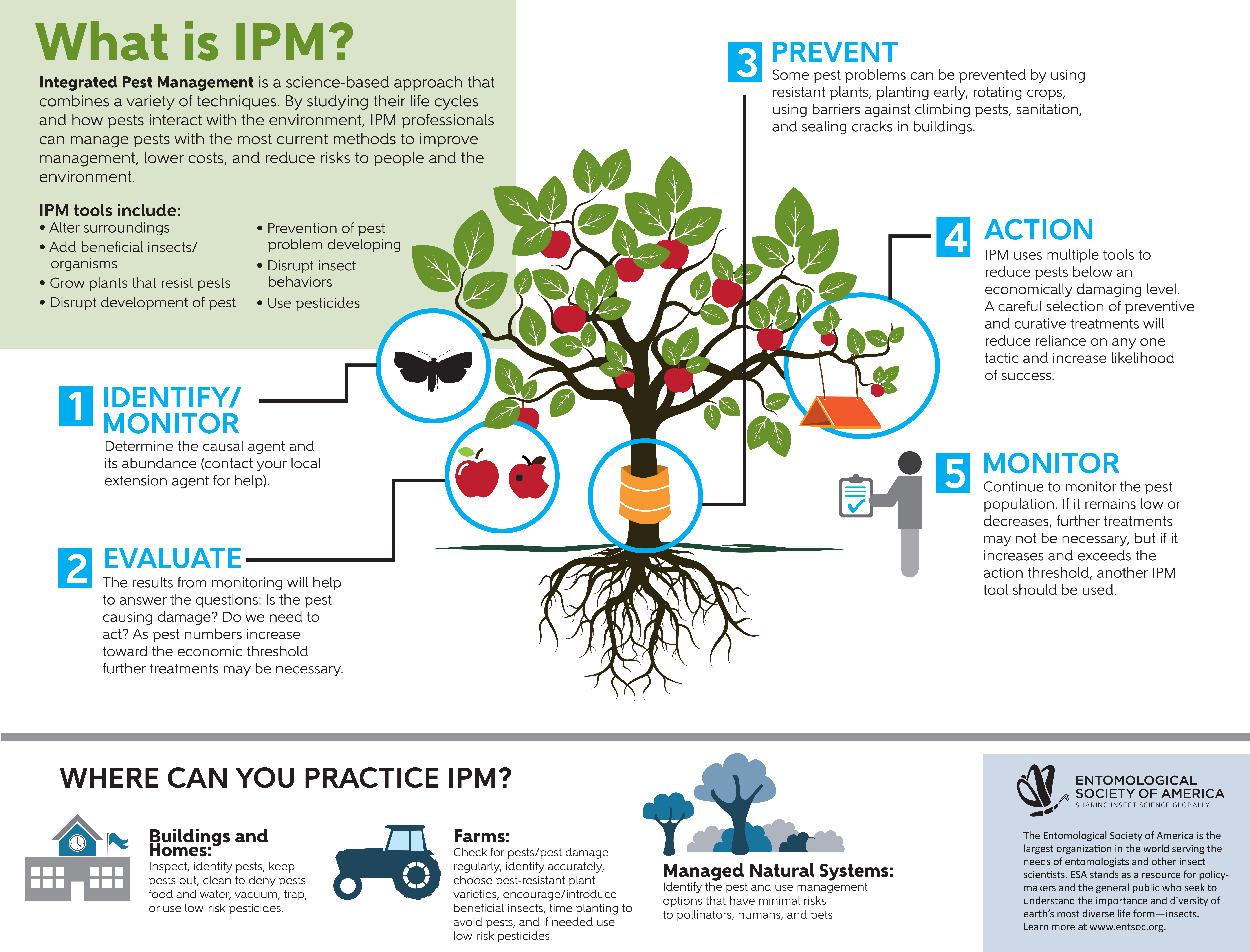Tips For Homeowners To Keep Rodents Out Of Their Attics
Tips For Homeowners To Keep Rodents Out Of Their Attics
Blog Article
Posted By-Thybo Park
Picture your attic room as a cozy Airbnb for rodents, with insulation as fluffy as resort cushions and electrical wiring extra attracting than room solution. Currently, imagine these unwanted visitors throwing a wild party in your home while you're away. As a homeowner, guaranteeing your attic is rodent-proof is not just about satisfaction; it has to do with safeguarding your property and loved ones. So, what easy actions can you require to protect your refuge from these fuzzy trespassers?
Examine for Entry Things
To begin rodent-proofing your attic, check for entry points. Begin by thoroughly checking out the exterior of your home, searching for any openings that rodents might utilize to access to your attic room. Look for voids around utility lines, vents, and pipes, in addition to any kind of fractures or holes in the structure or exterior siding. Make related website to pay attention to areas where different building materials meet, as these prevail entry points for rats.
Additionally, examine the roof for any damaged or missing tiles, along with any kind of gaps around the sides where rats might squeeze through. Inside https://www.thegamer.com/stranded-alien-dawn-train-and-tame-domesticate-wildlife/ , search for indicators of existing rodent task such as droppings, chewed cords, or nesting materials. Make use of a flashlight to thoroughly inspect dark edges and hidden spaces.
Seal Cracks and Gaps
Examine your attic room extensively for any splits and spaces that need to be secured to prevent rats from entering. Rodents can squeeze via also the smallest openings, so it's critical to secure any potential access factors. Examine around pipelines, vents, cable televisions, and where the walls meet the roofing. Make use of a combination of steel woollen and caulking to seal these openings effectively. Steel wool is an outstanding deterrent as rodents can't eat with it. Make certain that all voids are tightly sealed to deny access to unwanted insects.
Do not ignore the importance of sealing gaps around windows and doors as well. Use climate removing or door moves to secure these locations properly. Evaluate the locations where energy lines enter the attic room and secure them off using an ideal sealant. By taking the time to secure all cracks and voids in your attic room, you create an obstacle that rats will certainly discover difficult to violation. Prevention is type in rodent-proofing your attic, so be detailed in your efforts to seal any kind of potential entry factors.
Get Rid Of Food Sources
Take positive measures to eliminate or store all possible food resources in your attic room to discourage rats from infesting the room. Rodents are drawn in to food, so removing their food resources is vital in keeping them out of your attic.
Below's what you can do:
1. ** Store food safely **: Prevent leaving any food products in the attic room. Shop all food in closed containers made of steel or sturdy plastic to avoid rats from accessing them.
2. ** Tidy up particles **: Get rid of any kind of heaps of particles, such as old newspapers, cardboard boxes, or timber scraps, that rats might make use of as nesting product or food sources. Keep the attic room clutter-free to make it less enticing to rats.
3. ** Dispose of rubbish effectively **: If you utilize your attic room for storage space and have trash or waste up there, see to it to get rid of it consistently and correctly. Rotting trash bin draw in rats, so keep the attic room tidy and devoid of any type of natural waste.
Verdict
In conclusion, keep in mind that an ounce of avoidance deserves a pound of cure when it comes to rodent-proofing your attic room.
By taking the time to check for entry factors, seal splits and voids, and get rid of food resources, you can maintain undesirable insects away.
Keep in mind, 'An ounce of avoidance deserves an extra pound of cure' - Benjamin Franklin.
Remain aggressive and safeguard your home from rodent invasions.
